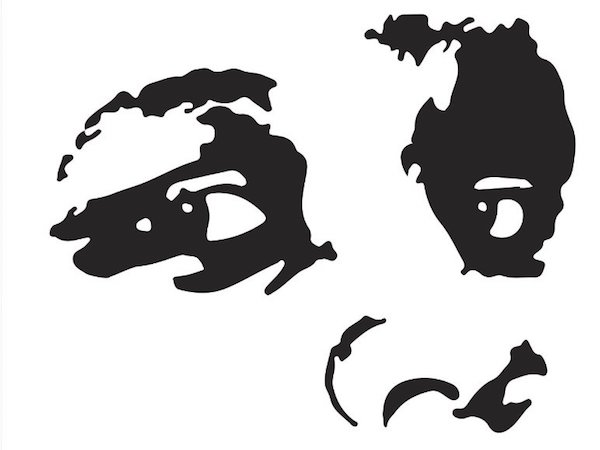Stranger Fruit, a new documentary by Jason Pollock, offers an exploration of events that led to former Ferguson, Missouri, police officer Darren Wilson fatally shooting 18-year-old Michael Brown. The film includes previously unreleased video that raises new questions about the circumstances surrounding Brown’s death; after the video surfaced, protests in Ferguson erupted once again.
Pollock’s film challenges police reports that Brown robbed the store prior to his death, and claims instead that Brown traded marijuana for soda and cigarillos. The video shows Brown making an early morning visit to a convenience store the day he was shot, leaving items at the store and returning later to pick them up. According to St. Louis County Prosecutor Bob McCulloch, the newly released footage “was clearly an attempt to distort this and make it into something it isn’t.”
The current debate seems to be on the accuracy of the footage. As a scholar in Africana studies who constantly investigates the meaning of freedom in relation to black life in America, I want us to remember that even when unquestionable graphic video evidence showing the murder of unarmed black men by police officers is brought to fore, it may lead to public outcry — but in this country, justice is rarely served to a people still systemically regarded as less human.
In 2015, then-North Charleston, South Carolina, police officer Michael Slager shot and killed Walter Scott after a traffic stop. In eyewitness video that conflicted from initial police reports, Scott runs away from Slager, and, unable to catch up with Scott, Slager shoots him in the back eight times, fatally.
As I watched that moment on video, I thought about slaves who tried to escape plantations. Terrorized and sick with fear, they had courage and faith in their legs and their hearts. The likelihood of a successful escape was extremely slim; there was always the threat of any white male or overseer bringing them back to the plantation, to own or kill them. Meanwhile, enslaved men and women kept running for their freedom within a vast open-air prison.
Comparing runaway slaves’ demise to Walter Scott’s death seems anachronistic and hyperbolic. However, the situation of running from an oppressor is a regular occurrence in some of our present-day disenfranchised neighborhoods. Whether fleeing like Walter Scott, standing unarmed before a police officer like Michael Brown, responsibly disclosing a gun permit like Philando Castile, or screaming just to breathe like Eric Garner, the ultimate outcome, so many times, again and again, is death and no justice. What went through the consciousness, the hearts, and the souls of the officers who murdered these black men is, no doubt, an old pattern in an old structure that allowed generations before them to normalize the dehumanizing of the men they killed.
We must address the fact that some humans have been construed as non-humans and others as the epitome of humanity: owning black bodies, raping black bodies, lynching black bodies, destroying black bodies. America’s oppressive practices toward black people must inform our understanding of police brutality and racial injustice today. What’s past is prologue. During slavery, to be human meant being white and free. Ever since, violence, legal and illegal, has been the most efficient tool for the continued oppression and dehumanization of people of African descent.
Call to mind Jim Crow laws, lynching photos, and good family men with their lovely wives and children, watching black bodies swinging from trees, their faces blossoming with a ghastly glow. Call to mind the Ku Klux Klan and Emmett Till. Where were the police? What did the courts do? Nothing. The initial purpose of the police and the criminal justice system was to reinforce and protect white people, white power, white freedom.
Yet, long after the abolition of slavery, both institutions continue to be good bedfellows. Police officers who kill black men, women, and children are not brutalizing humans; they view them as people of slaves’ descent whom they have de facto endowed with sub-human status by the virtue of their skin color. U.S. police killed at least 258 black people in 2016. If all lives matter, considering that black men make up only 6% of the U.S. population, how do we explain that 34% of the unarmed people killed last year were black males? These statistics bring us to two inescapable truths: the age-old systemic degrading of black life and the continuing denial of black humanity in the land of the free and the home of the brave.
Black people cannot be free when so many of them are dying at the hands of police officers, and white people cannot be free when their fellow citizens are oppressed. You cannot be free when I am not free. It behooves us to understand that in the world in which we live today, freedom implies mutual human recognition. Only then, does freedom makes sense.


